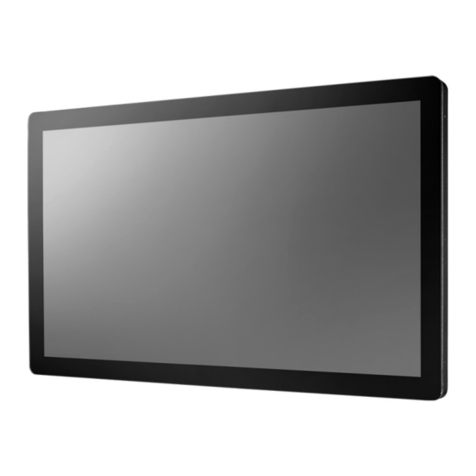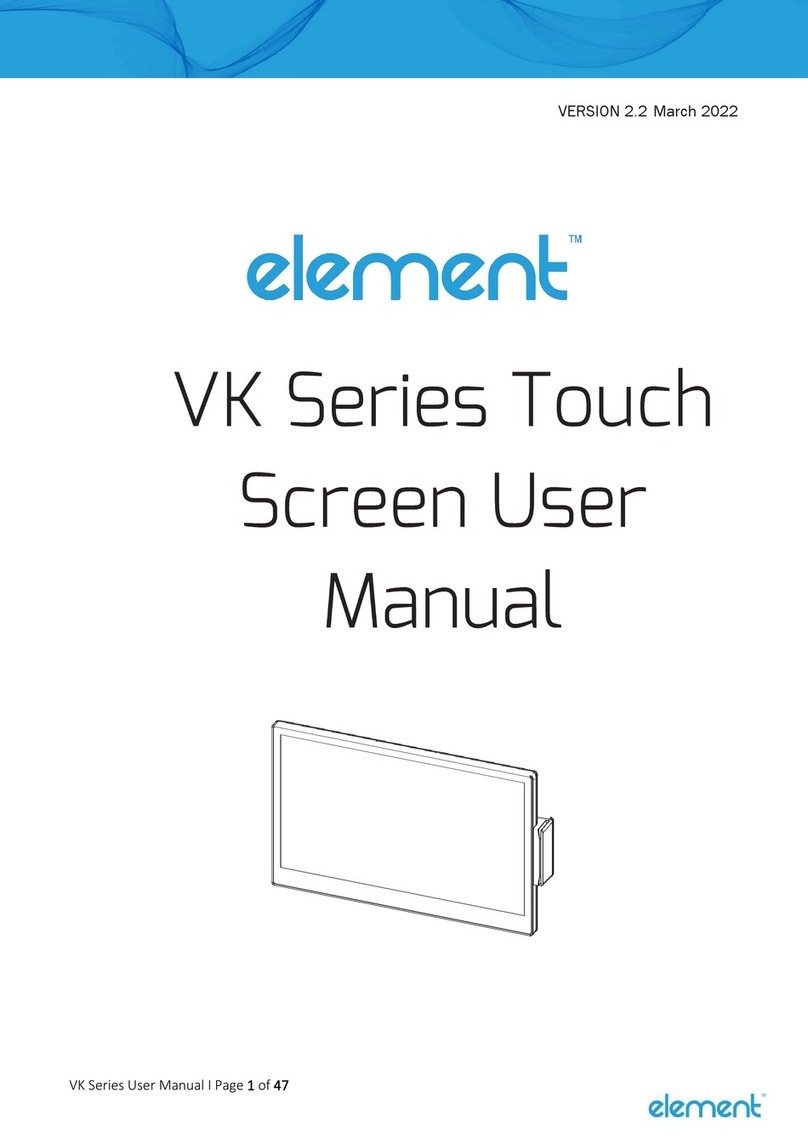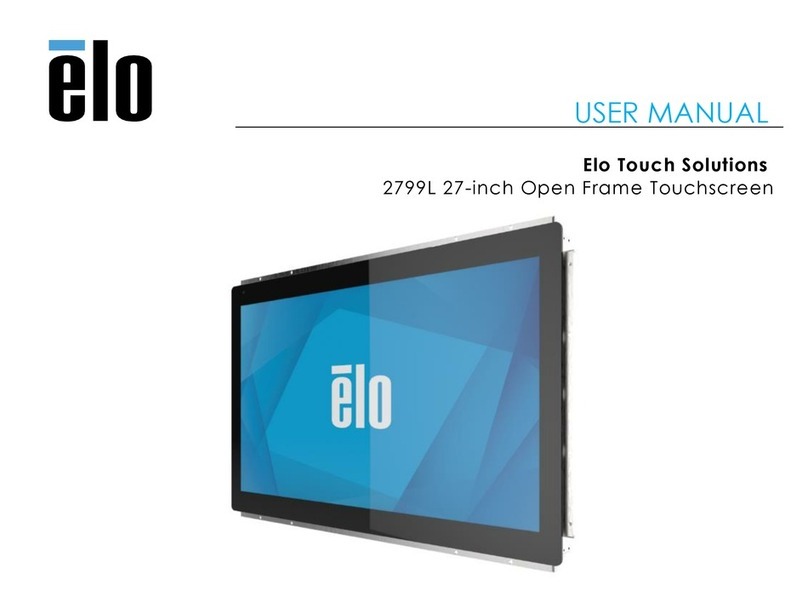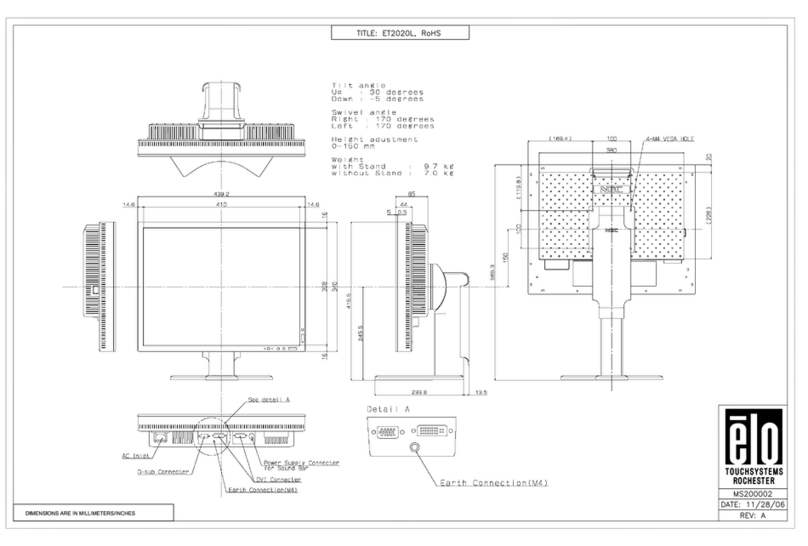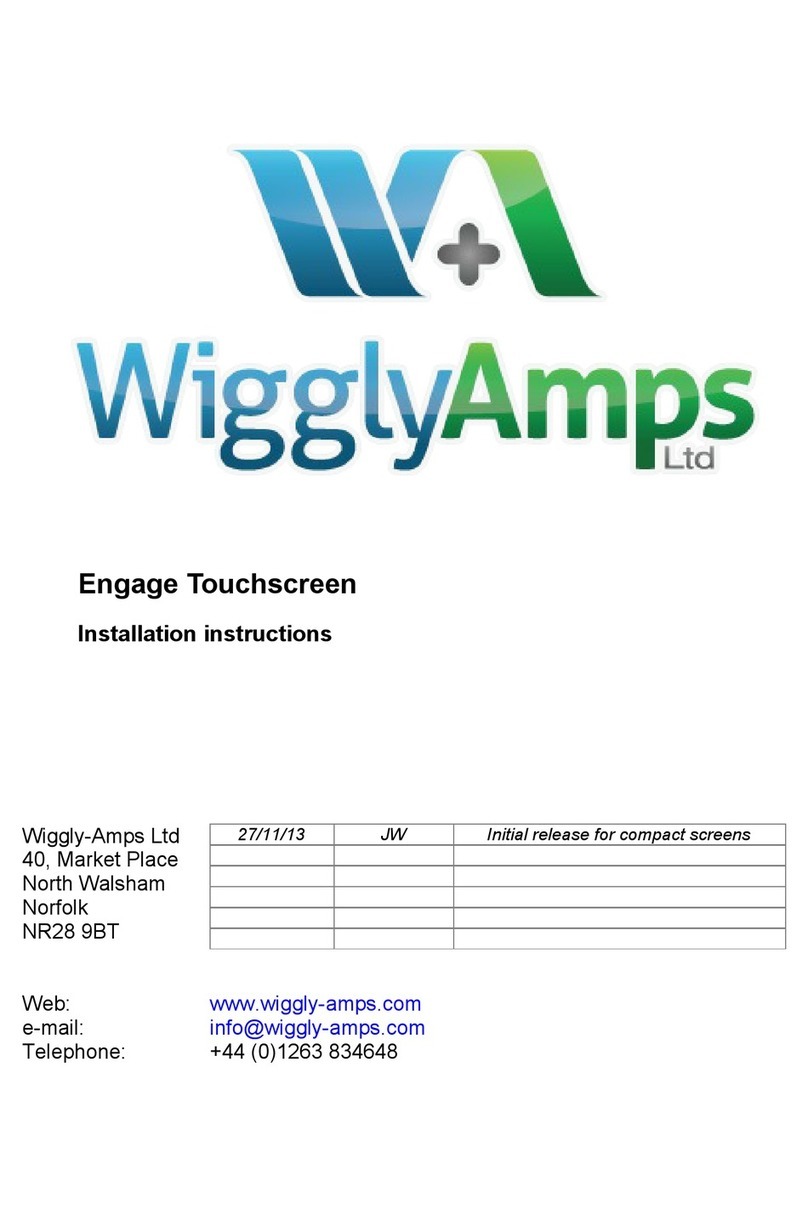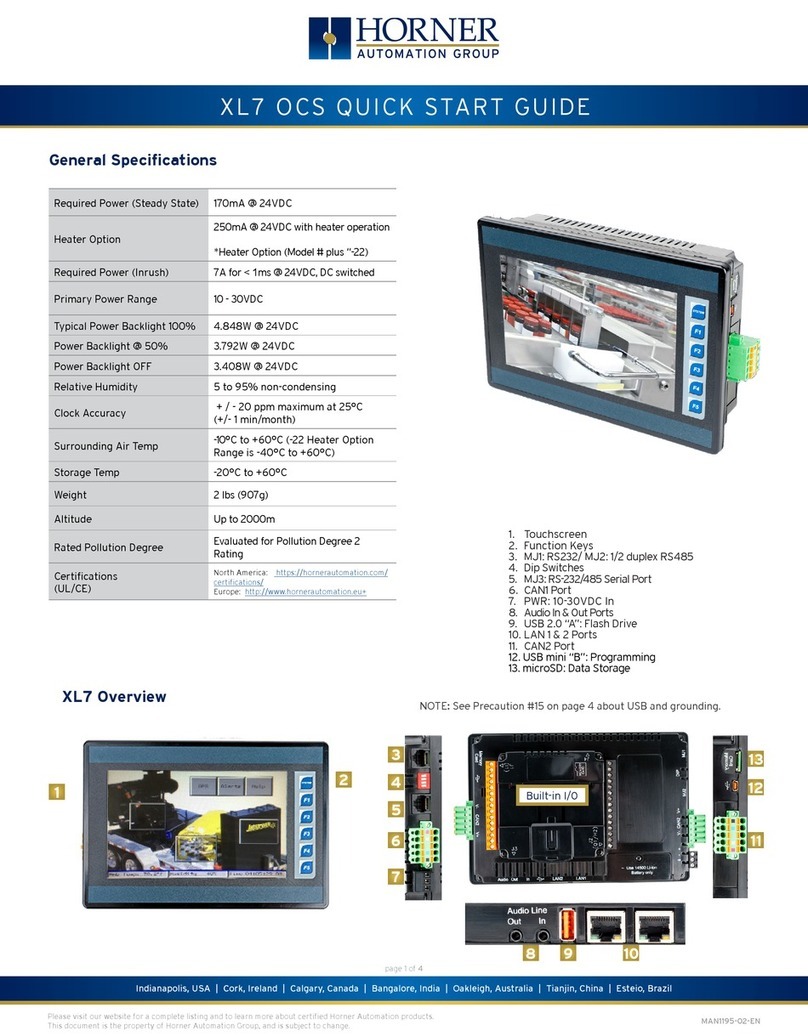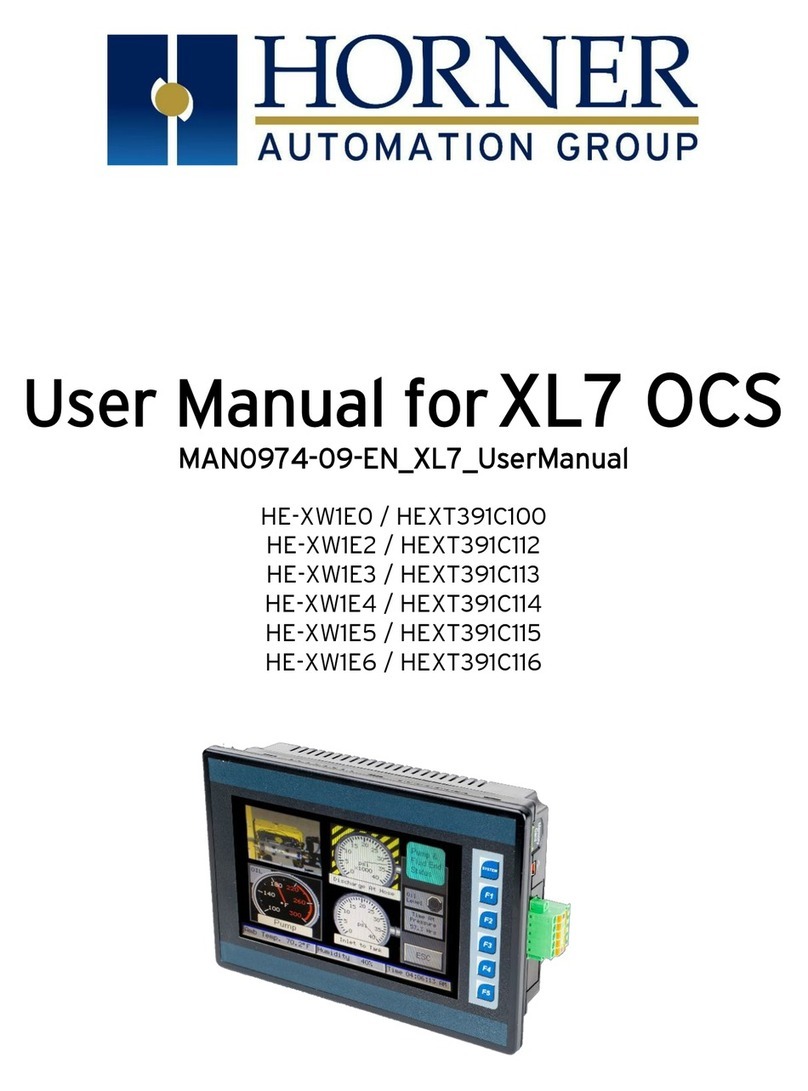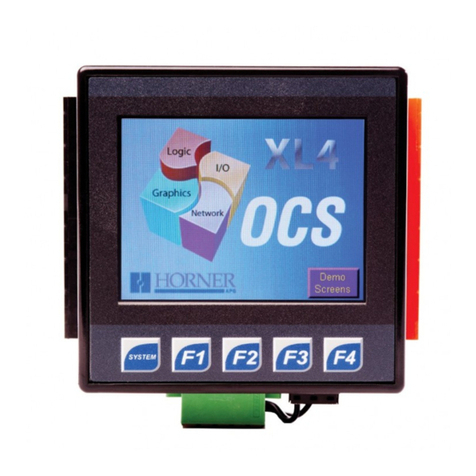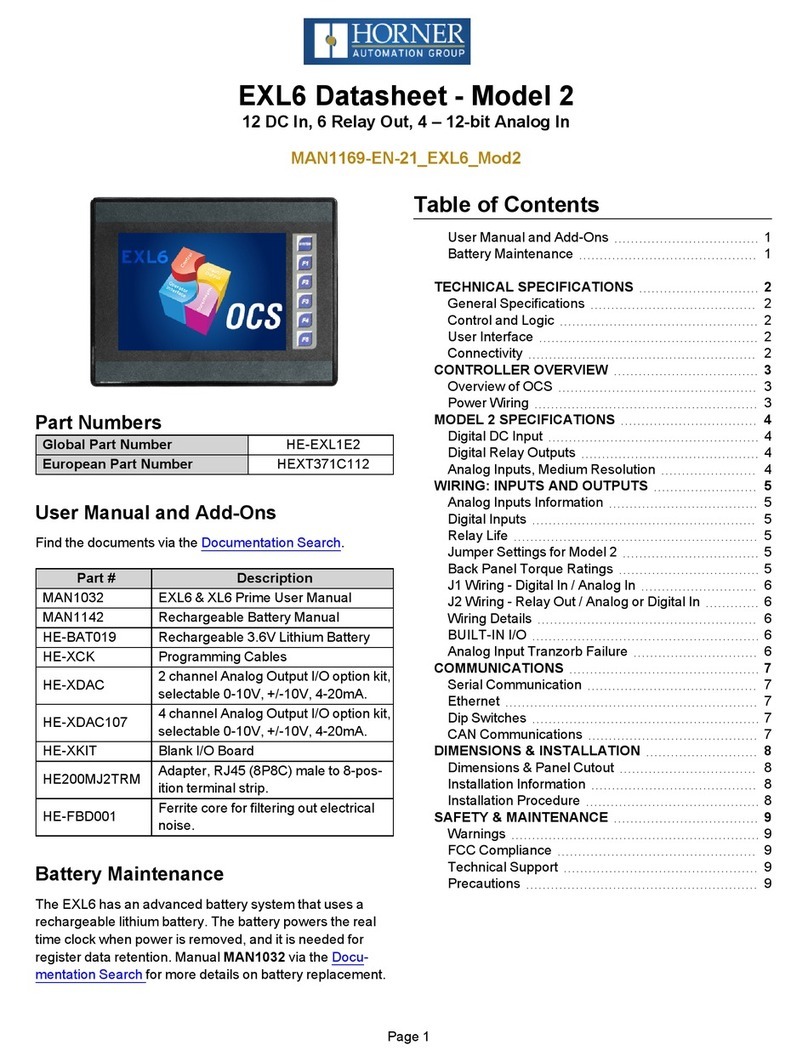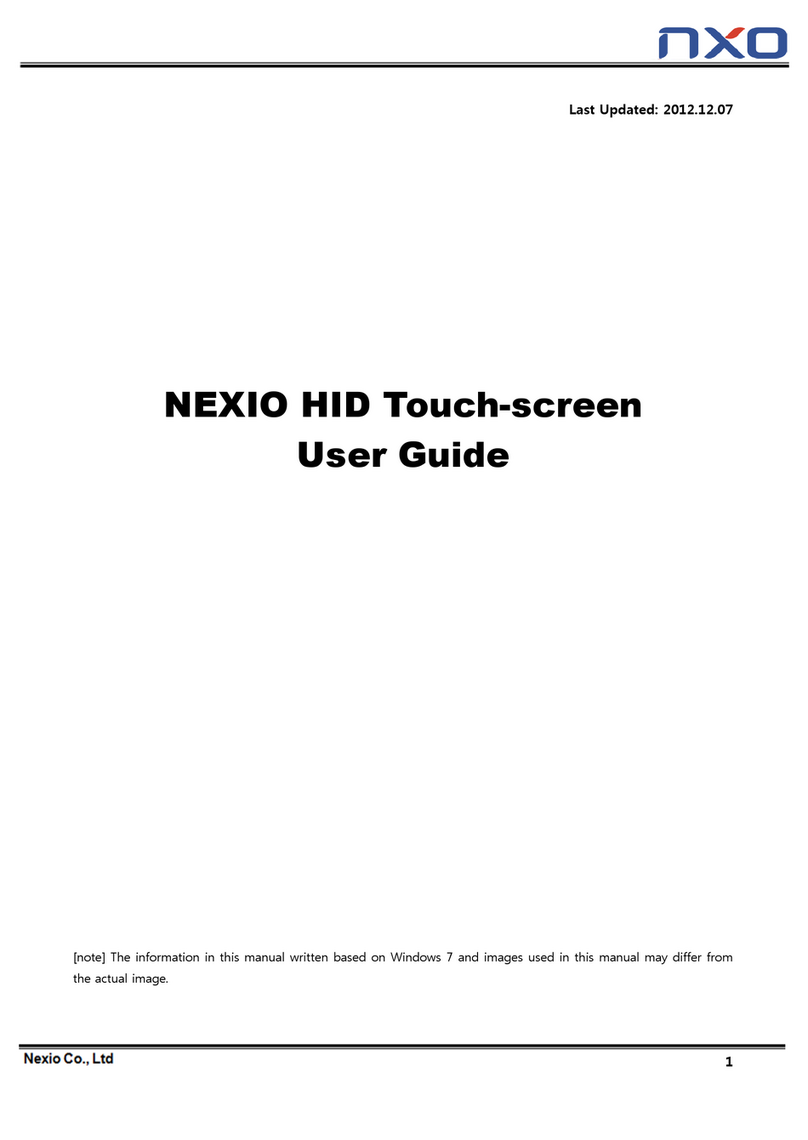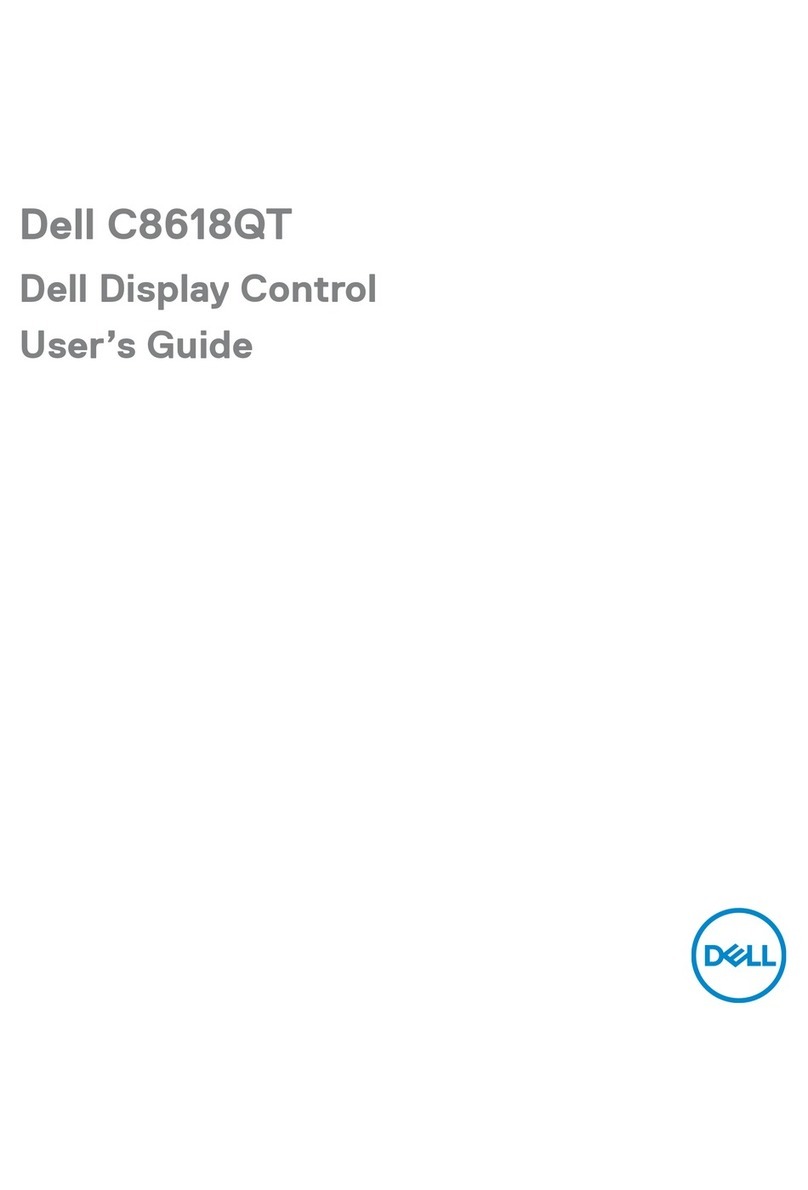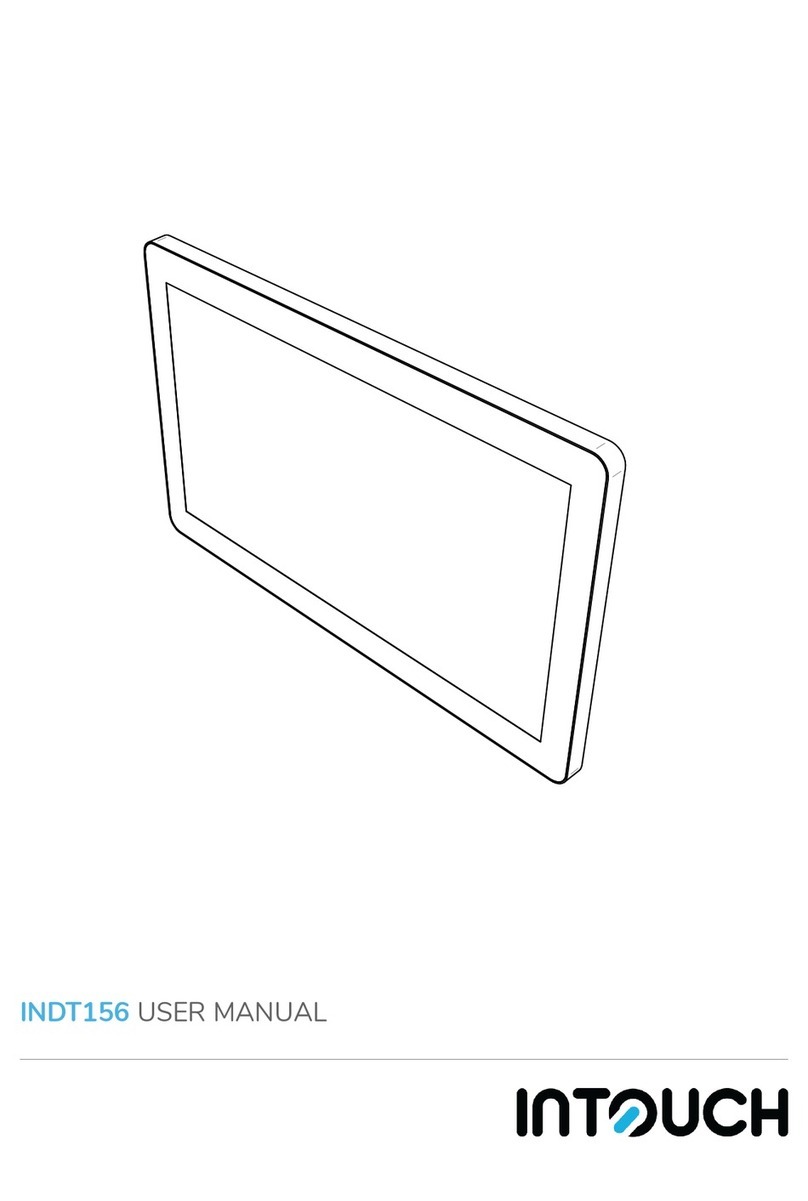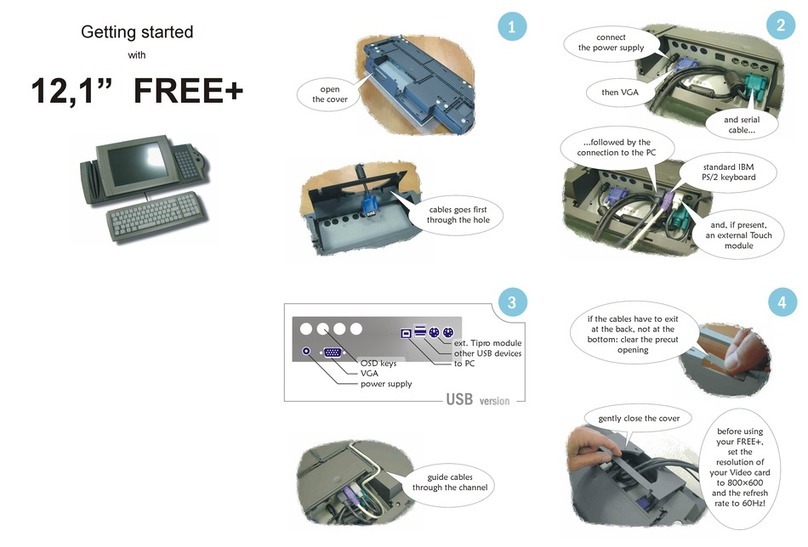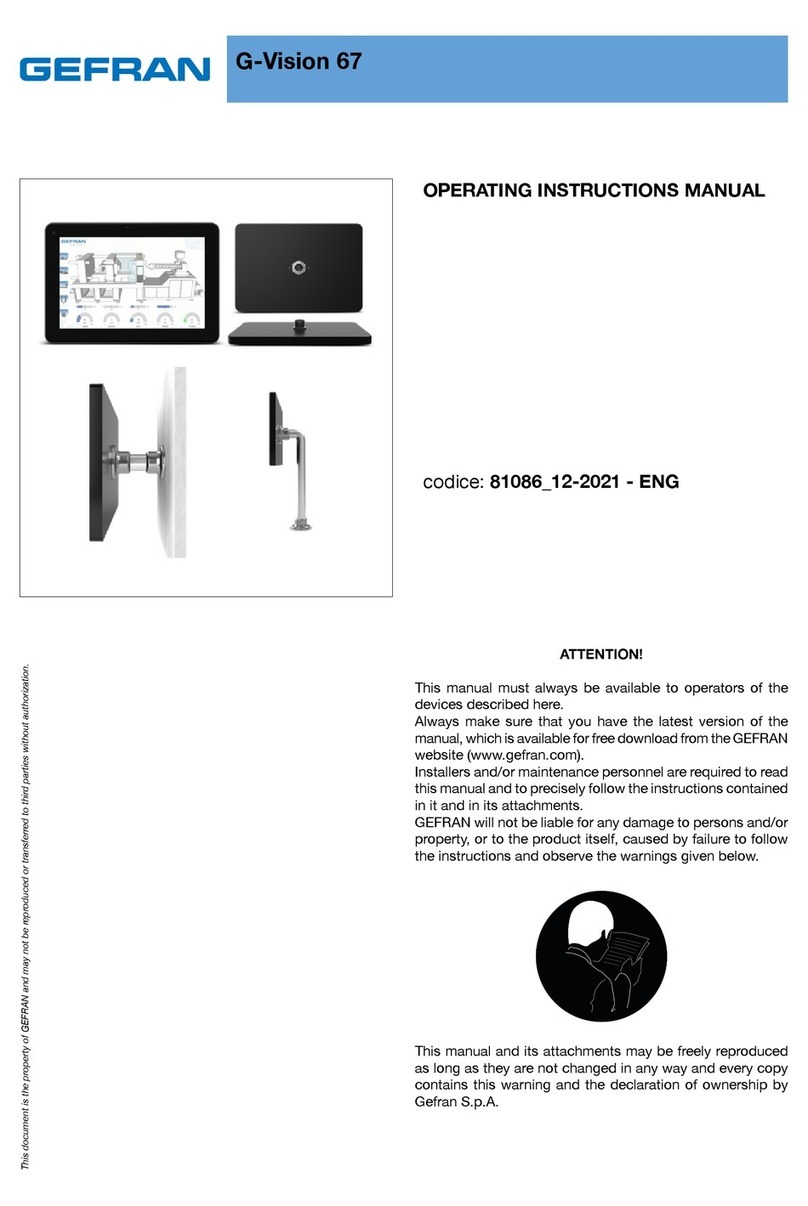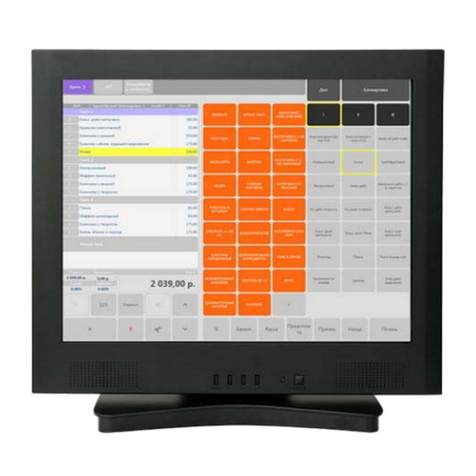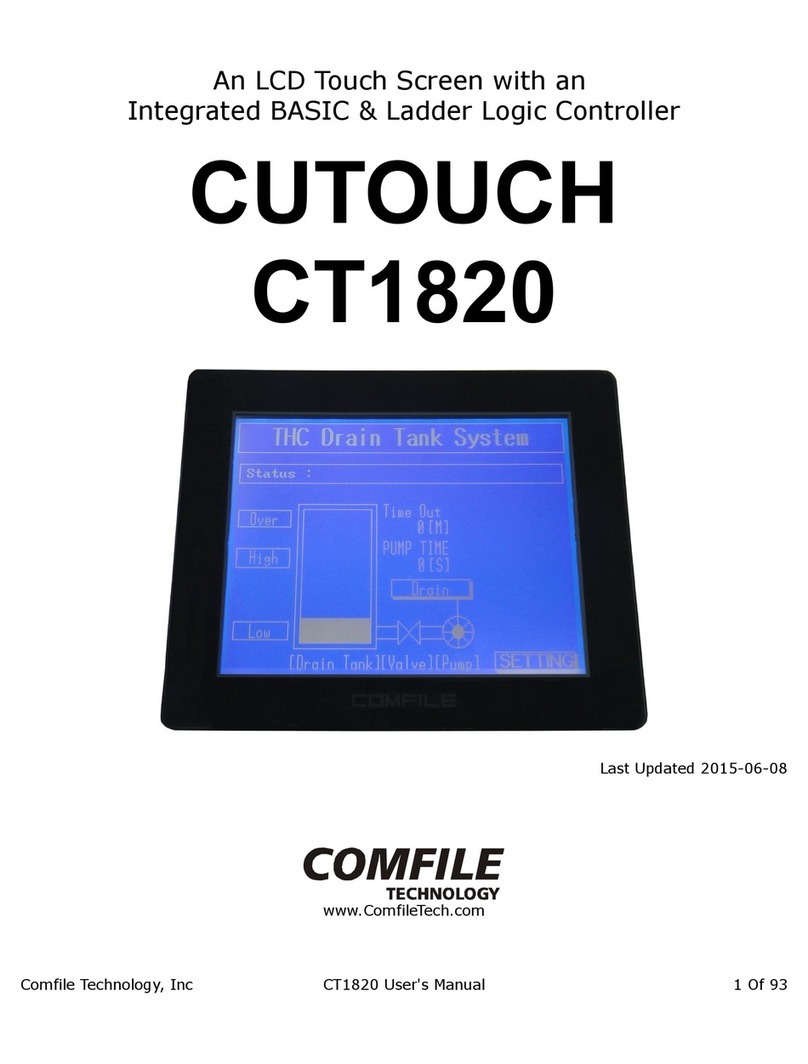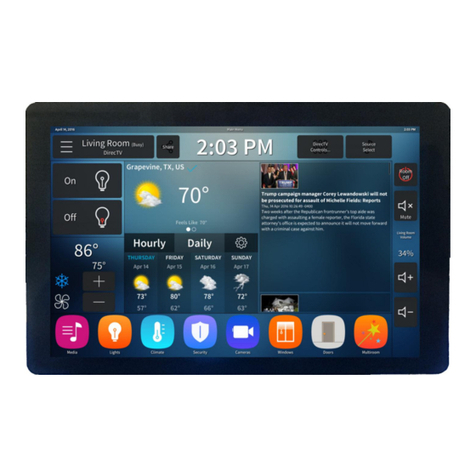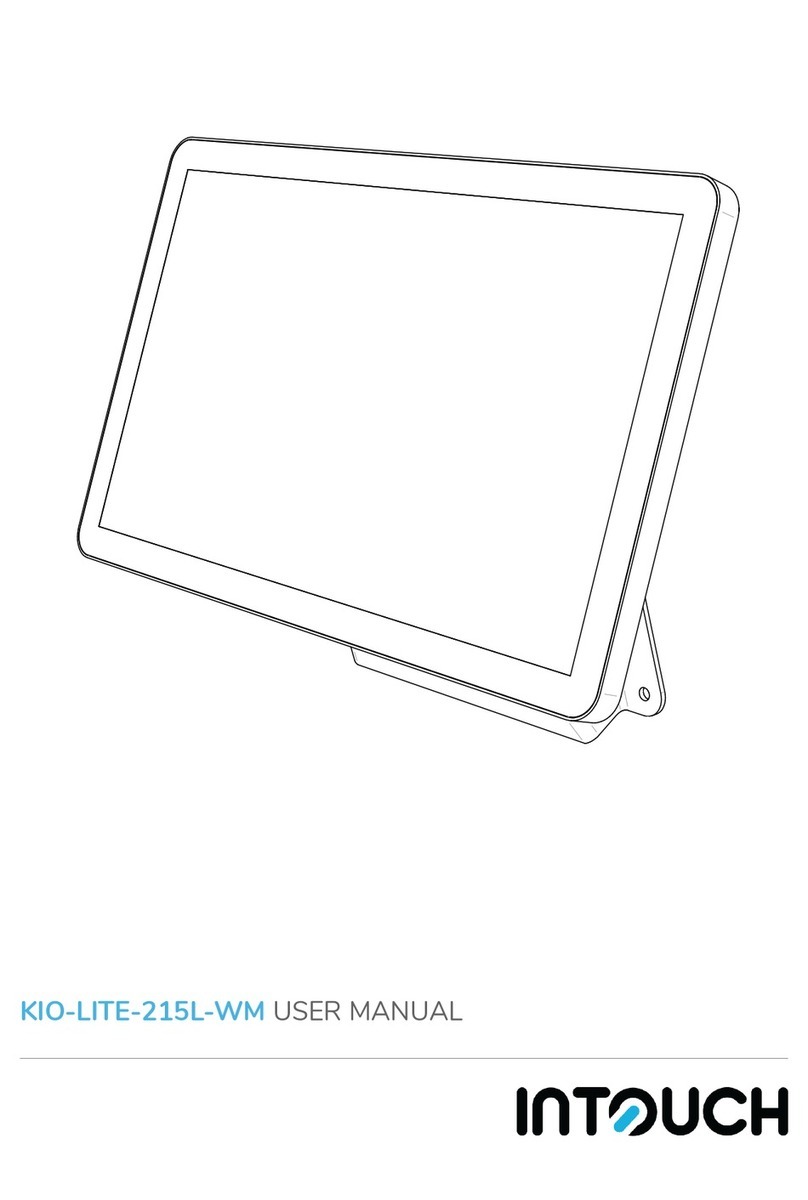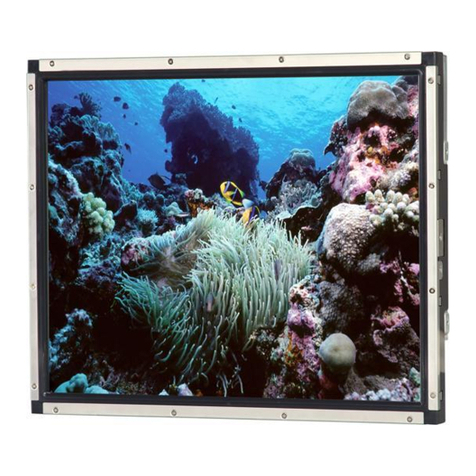MAN0964-12-EN_XL4_UserManual
O c t o b e r 2 9 th, 2 0 1 9 P a g e 7 | 189
CHAPTER 12: HIGH SPEED I/O (HSC / PWM) ...................................................................................82
12.1 Overview.......................................................................................................................................82
12.2 Glossary ........................................................................................................................................83
12.3 High Speed Counter (HSC) Functions ...................................................................................84
12.4 HSC Functions Register Map ...............................................................................................93
12.5 High Speed Output Functions..............................................................................................96
12.6 High Speed Output Functions Register Map.................................................................. 100
12.7 PWM Examples...........................................................................................................................102
12.8 STP Examples .........................................................................................................................103
12.9 HSC I/O Filtering................................................................................................................... 104
CHAPTER 13: USER INTERFACE.........................................................................................................107
13.1 Overview......................................................................................................................................107
13.2 Screen Specifications...............................................................................................................107
13.3 Displaying and Entering Data................................................................................................ 108
13.4 Alpha-Numeric Keypad ....................................................................................................... 109
13.5 Screen Navigation.......................................................................................................................111
13.6 Ladder Based Screen Navigation ........................................................................................111
13.7 Beeper Acknowledgement .......................................................................................................112
13.8 Touch (Slip) Sensitivity .........................................................................................................112
13.9 Alarms .......................................................................................................................................113
13.10 Removable Media ...................................................................................................................115
13.11 Screen Saver............................................................................................................................117
13.12 Screen Brightness ..................................................................................................................117
13.13 Touch Screen Pressure.........................................................................................................118
CHAPTER 14: REGISTERS ....................................................................................................................120
14.1 Register Definitions ..................................................................................................................120
14.2 Useful %S and %SR Registers............................................................................................121
14.3 Resource Limits .....................................................................................................................129
14.4 Register Map for XL4 OCS I/O ...........................................................................................130
CHAPTER 15: CSCAPE CONFIGURATION.........................................................................................132
15.1 Overview......................................................................................................................................132
15.2 Cscape Status Bar .................................................................................................................132
15.3 Establishing Communications ................................................................................................133
15.4 Configuration...........................................................................................................................141
15.5 Digital / HSC Input Configuration......................................................................................142
15.6 Digital / PWM Output Configuration .................................................................................143
15.7 Analog Input Configuration ................................................................................................... 144
15.8 Analog Output Configuration ............................................................................................ 146
15.9 Scaling Analog Inputs...........................................................................................................147
CHAPTER 16: VIDEO OBJECT ............................................................................................................ 149
16.1 Video Object Overview............................................................................................................ 149
16.2 Opening Video Object in Cscape....................................................................................... 150
16.3 Video Properties: Video Type.............................................................................................152
16.4 Video Properties: Control....................................................................................................153
16.5 Configuring Display Properties ......................................................................................... 154
16.6 Video Object Performance................................................................................................. 154
16.7 Web Cameras............................................................................................................................. 154
CHAPTER 17: BACK-UP BATTERY .....................................................................................................155
17.1 Overview......................................................................................................................................155
